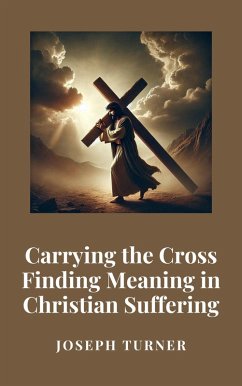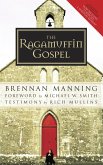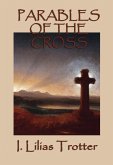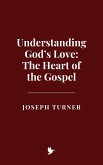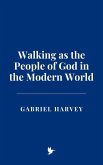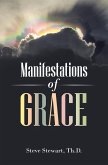The Passion narratives, found in the Gospels of Matthew, Mark, Luke, and John, form the bedrock of Christian understanding of suffering. They are not merely historical accounts; they are profound theological meditations on the nature of God's love and the path to salvation. The sheer detail with which the Gospels recount Jesus's sufferingfrom the agony in the Garden of Gethsemane to the final cry on the crossunderscores its central importance. The dates, spanning from the Last Supper, likely a Passover meal, to the crucifixion on Good Friday, are critical. The places, from the Upper Room to the Garden of Gethsemane, to the Praetorium, to Golgotha, are imbued with sacred significance. The persons, from Judas' betrayal to Peter's denial, to Pilate's reluctant condemnation, to the women who remained faithful, are all vital to understanding the narrative's depth.
The concept of suffering as participation in Christ's redemption is a profound and often challenging aspect of Christian theology. It moves beyond simply acknowledging Christ's suffering as an example, and delves into the idea that our own suffering can be united with his, contributing to the ongoing work of salvation. This idea is perhaps most clearly articulated in St. Paul's letter to the Colossians: "Now I rejoice in my sufferings for your sake, and in my flesh I am filling up what is lacking in the afflictions of Christ on behalf of his body, which is the church" (Colossians 1:24). This verse has been the subject of much theological reflection, and it is crucial to understand it within its proper context. St. Paul is not suggesting that Christ's sacrifice was incomplete. Rather, he is emphasizing the ongoing nature of Christ's redemptive work, which extends through the Church, his body. The suffering of Christians, when offered in union with Christ, becomes a means of participating in this work.
Dieser Download kann aus rechtlichen Gründen nur mit Rechnungsadresse in A, B, CY, CZ, D, DK, EW, E, FIN, F, GR, H, IRL, I, LT, L, LR, M, NL, PL, P, R, S, SLO, SK ausgeliefert werden.
Hinweis: Dieser Artikel kann nur an eine deutsche Lieferadresse ausgeliefert werden.

